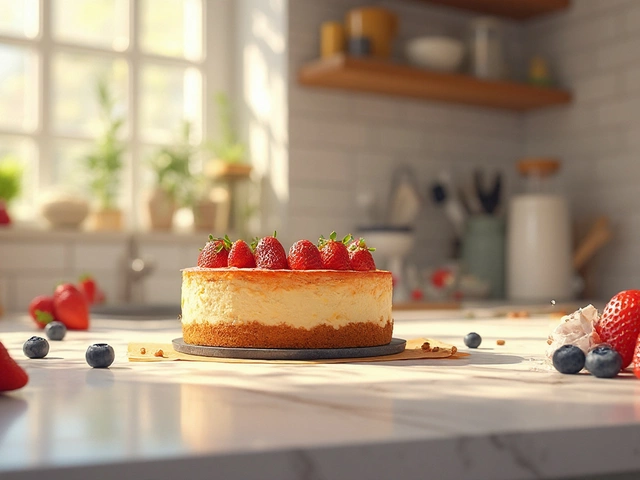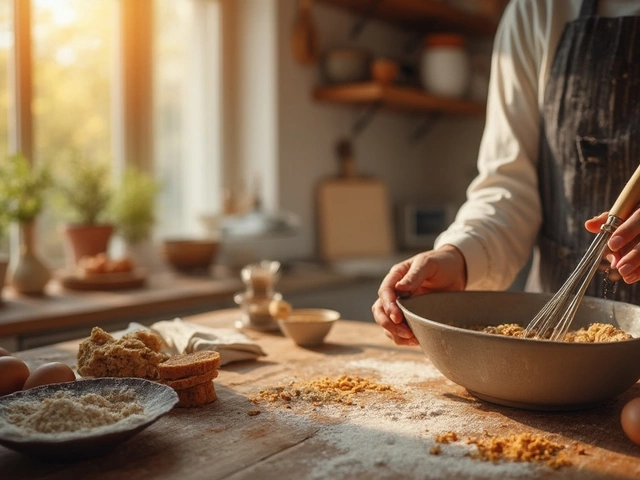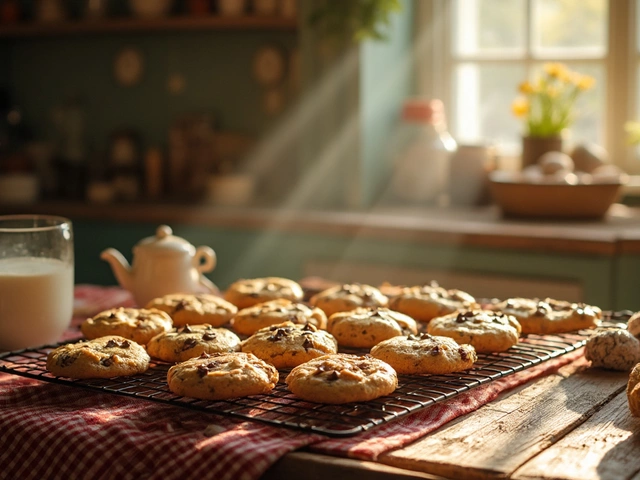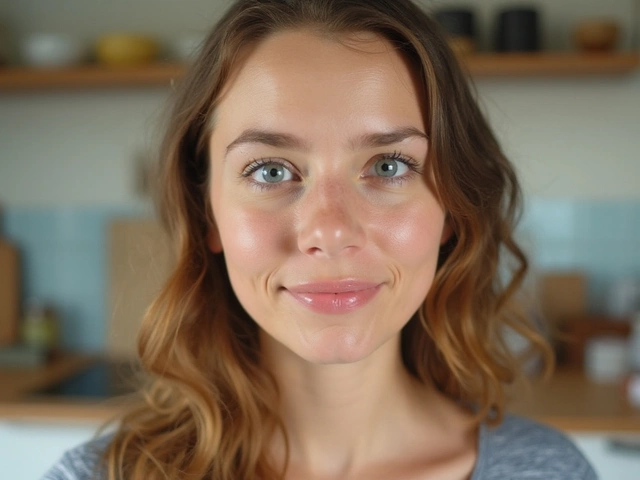Vegan Butter: Easy Swaps, Homemade Recipes & Tips
Looking for a dairy‑free butter that actually tastes like butter? You’re not alone. Whether you’re baking a cake or just spreading something on toast, a good vegan butter can make a huge difference. Below you’ll find straight‑forward advice on buying, using, and even making your own plant‑based butter.
Choosing the Right Store‑Bought Vegan Butter
First up, the shop aisle. Not every vegan butter is created equal. Look for brands that list simple fats like coconut oil, shea butter, or avocado oil near the top of the ingredient list. Those tend to give a richer mouthfeel. Avoid products packed with soy lecithin or a long list of additives if you want clean flavor.
Check the melt point. Some vegan butters stay solid in the fridge but melt too quickly on a warm kitchen counter, which can mess up pastries. If you plan to bake, pick a butter that stays firm up to 70°F (21°C). For everyday spreading, a softer blend works fine.
Salted versus unsalted is another quick decision. Most bakers reach for unsalted so they can control the salt level in a recipe. If you only need a spread, salted can add that extra punch without extra seasoning.
DIY Vegan Butter at Home
Feeling adventurous? Making vegan butter at home is easier than you think and costs less than most store brands. The basic formula is 1 cup of solid fat (like coconut oil) mixed with ¼ cup of liquid oil (olive, avocado, or sunflower). Add a pinch of salt, a splash of nutritional yeast for buttery depth, and a few drops of soy or aquafaba lecithin if you have it.
Blend everything in a food processor until smooth and creamy. Then pour the mix into a jar and chill for at least an hour. The result is a spread you can customize—throw in garlic for a savory twist or maple syrup for a sweet version.
Store your homemade butter in the fridge for up to two weeks. If you notice it getting too hard, just let it sit at room temperature for a few minutes before using. It will soften quickly and stay spreadable.
Now that you know how to pick and make vegan butter, let’s talk about using it. In most recipes, you can substitute dairy butter 1:1. For flaky pastries, keep the butter cold and cut it into the flour just like you would with regular butter. The fat crystals create those lovely layers.
If you’re making a sauce, melt the vegan butter gently over low heat. Avoid high heat because plant oils can burn faster than dairy butter. A quick tip: add a splash of water or dairy‑free milk to keep the sauce silky.
When it comes to baking, watch the flavor. Some vegan butters have a faint coconut taste, which works great in tropical desserts but may clash with chocolate. Choose a neutral‑tasting butter for chocolate cakes or brownies.
Lastly, don’t forget the health angle. Many vegan butters are lower in cholesterol and often contain heart‑healthy fats. Still, they can be high in calories, so use them mindfully if you’re watching portions.
Whether you grab a tub from the supermarket or whip up your own batch, vegan butter can be a versatile, tasty part of any kitchen. Experiment with different fats, seasonings, and uses—you’ll soon find the perfect match for your favorite dishes.
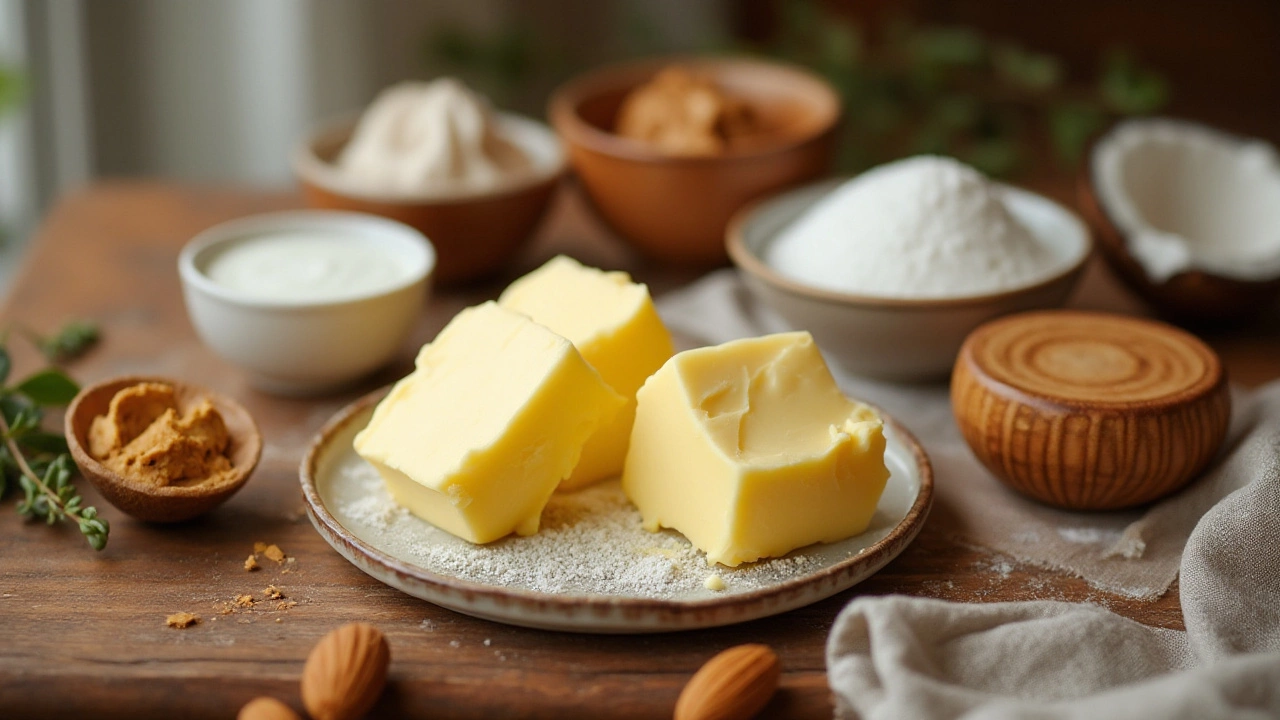
Understanding Why Butter Isn’t a Vegan-Friendly Choice for Desserts
Butter is a staple in many traditional dessert recipes, but it's not suitable for those following a vegan lifestyle. This article explores the reasons why butter isn't considered vegan, delving into its composition and origins. It also provides insights into vegan alternatives and tips for incorporating them into your baking repertoire. Discover how to create delicious plant-based desserts without compromising on flavor or texture.
View More
